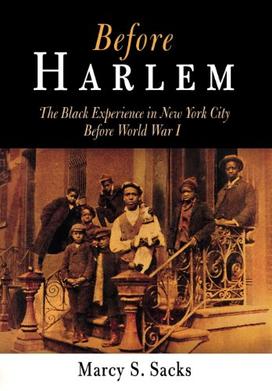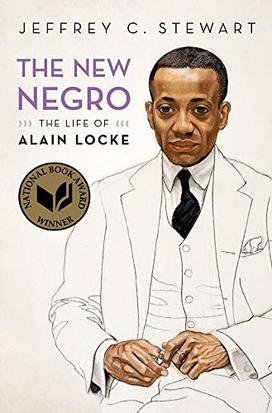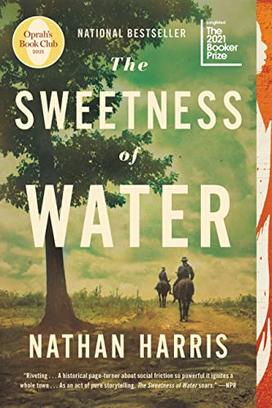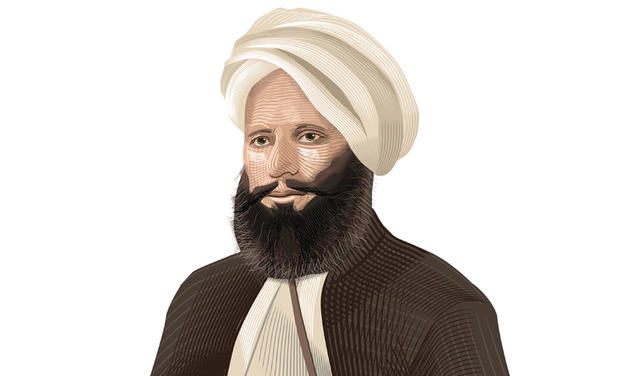
Wallace Best is the Hughes-Rogers Professor of Religion and African American Studies and is a faculty affiliate of the Department of History. He also serves as director of the Program in Gender and Sexuality Studies. A scholar of African American religious history, he is the author of Passionately Human, No Less Divine: Religion and Culture in Black Chicago, 1915-1952, Princeton University Press (2005) and Langston’s Salvation: American Religion and the Bard of Harlem, New York University Press (2017), winner of the 2018 award in “Textual Studies” from the American Academy of Religion. He is currently at work on a book entitled, The Spiritual Capital of Black America: Harlem’s World of Religion and Churches under contract with New York University Press.
This month, PAW asked Best to recommend three books about Black history, and he suggested these.

Before Harlem: The Black Experience in New York City Before World War I (2013)
By Marcy S. Sacks
I picked up and read Before Harlem at just the right moment. Deep into my exploration of Black Harlem during the period known as the “Great Migration,” I discovered that the patterns of demographic shift I was noting in Harlem had been in place since at least the 1880s. There were Blacks in Harlem long before there was a “Black Harlem.” Indeed, the foundation of what would become the “cultural capital” of Black America, as James Weldon Johnson would proclaim it, was laid long before Harlem’s storied renaissance of the 1920s.
Sacks’ incredibly well-crafted study maps the steady movement of Black New Yorkers northward from lower Manhattan and the purposes for that movement. In classic “push-pull” fashion, the journey to Harlem, with stops in Greenwich Village, “the Tenderloin,” San Juan Hill, and the Upper West Side, was as much about an escape from discrimination and ill treatment as it was the search for better housing, sanitary conditions, economic opportunity, and greater access to city services. As the final stop on that northward journey, Harlem seemed, at first, to be paradise and the fulfilment of a dream. That would not last long, and by the 1960s the dream had become a nightmare.
What I find especially valuable about Before Harlem was the way Sacks recounts the richness of Black culture that journeyed northward with Blacks. That rich culture had been in the making in Lower Manhattan and found its fullest expression in Harlem during the renaissance of the 1920s. It had, however, been an important part of Black life in New York long before Harlem.

The New Negro: The Life of Alain Locke (2018)
By Jeffrey C. Stewart
Alain Locke’s centrality to the Harlem Renaissance of the 1920s has long been debated, but his importance to that artistic and literary movement has rarely been in doubt. Now, however, with Jeffrey C. Stewart’s magisterial The New Negro: The Life of Alain Locke, all questions about Locke’s relationship to the Harlem Renaissance have been answered emphatically.
I was drawn to the book not only because of my work on the history of the Black religious cultures of Harlem, but also (and mostly) because of my fascination with Locke himself. Locke is one of those figures who sits within a particular historical moment, demanding to be fully noticed but refusing to be fully known. Stewart has changed that. In one of the most comprehensive and assiduously researched biographies I have ever read, Stewart completely reveals the life, loves, work, and motivations of this complex “Renaissance man.”
Beginning with the legendary wake Locke held for his deceased mother at her R Street home in Washington, D.C., in 1923, where he had her body seated upright in a chair in an exquisite gray dress as if at tea, to Locke’s own passing in 1954 and the burial of his formerly lost cremated remains in 2014, Steward meticulously peels back the layers of Locke’s life to show that his energy, innovation, and brilliance were unmatched by almost anyone of his generation. He was not always a nice person and he most often acted in his own self-interest, but Locke left an indelible mark on the literary, educational, and artistic landscapes of both Harlem and Washington, doing so as a queer Black man.
And this was perhaps the greatest contribution Stewart made to the scholarship on Locke. Not only did Stewart discuss Locke’s homosexuality, he also made it central to his interpretation of him. For Stewart, Locke’s homosexuality fueled much of his approach to the world around him, shaping almost everything he did, including his participation in the Harlem Renaissance. This explained so much to me about this man who, during his lifetime, refused to be fully known. And now I also know much more about the Harlem Renaissance because of it.

The Sweetness of Water (2021)
By Nathan Harris
I read novels. Lots of them. I say that as somewhat of a declaration because I still remember being told in graduate school that reading novels was not something a scholar does or admits to doing. But no novel made me more grateful and happy for my commitment to read them than The Sweetness of Water. I usually shy away from “Oprah’s Book Club” picks for reasons that are not always clear to me. (Sorry, Oprah!) But I was glad I didn’t do that this time.
The warmth and humanity that emanated from the pages of this book stayed with me for months after I put it down. The trauma, too. Harris tells the story of two formerly enslaved brothers, Prentiss and Landry, who in the immediate aftermath of the Civil War attempt to navigate their new world of freedom with only their love for one another and sense of self-worth to guide them. The results are predictable yet still heartbreaking. The brothers find that freedom is not free and that it takes a long time for a liberated body to develop a liberated mind, especially when there are powerful forces at work against the effort.
Only 29 at the time the book was published, Nathan Harris writes beautifully. His characters are richly developed, and his scenes are sensory and full. What I liked most about the novel was the way Harris animated the post-Civil War South. It was a place full of people, formerly enslaved, former enslavers, white and Black, co-joined in hardship, harshness, and faint hints of redemption. The Civil War had ended, but in many ways the real war had just begun. And as Harris so trenchantly shows, that war could have devastating consequences for the lives of the newly freed, including two brothers who only longed to taste the sweetness of water.










0 Responses